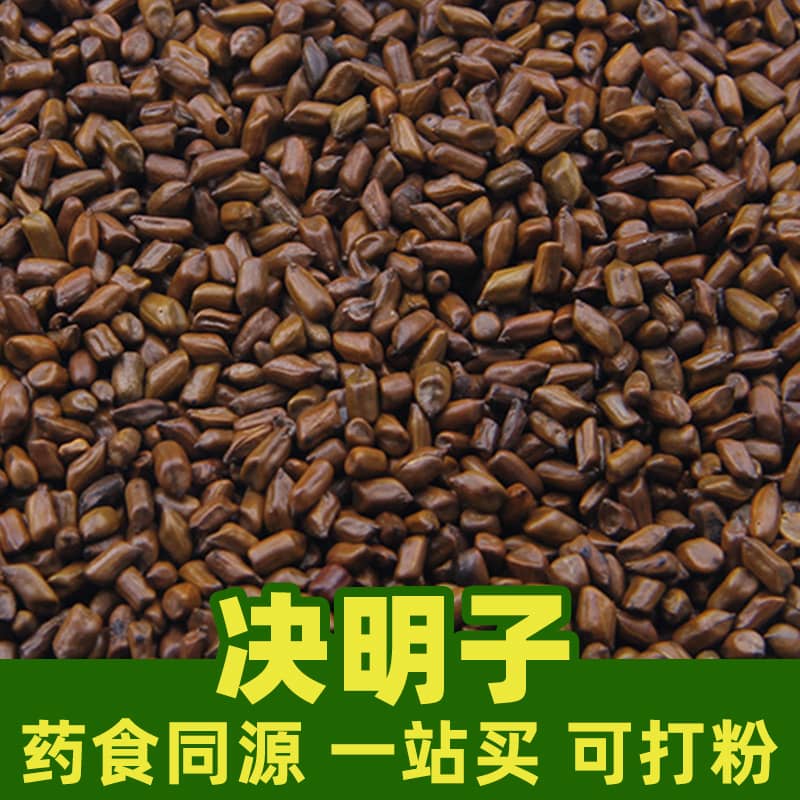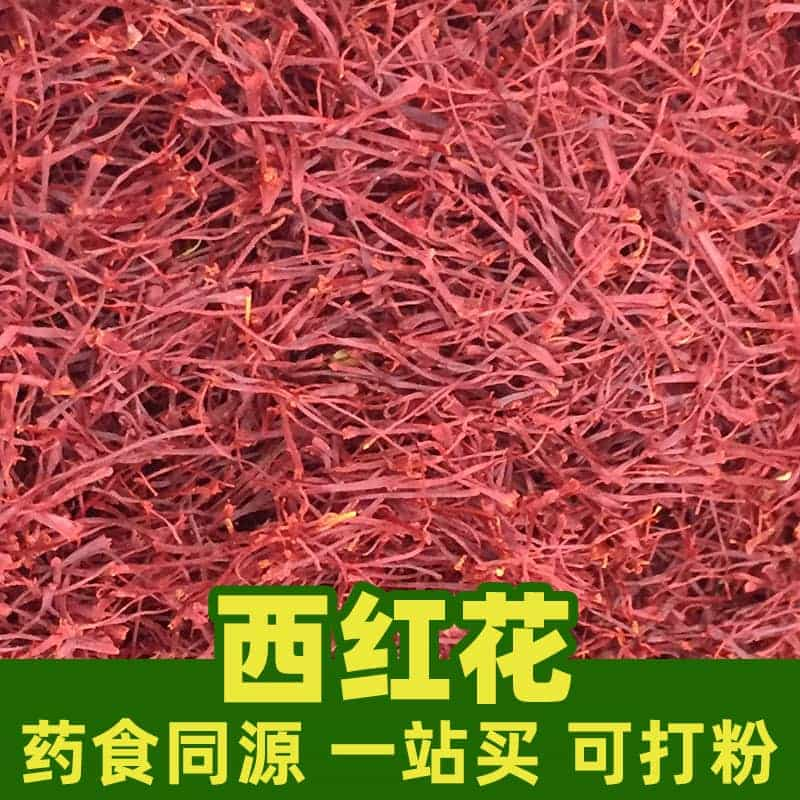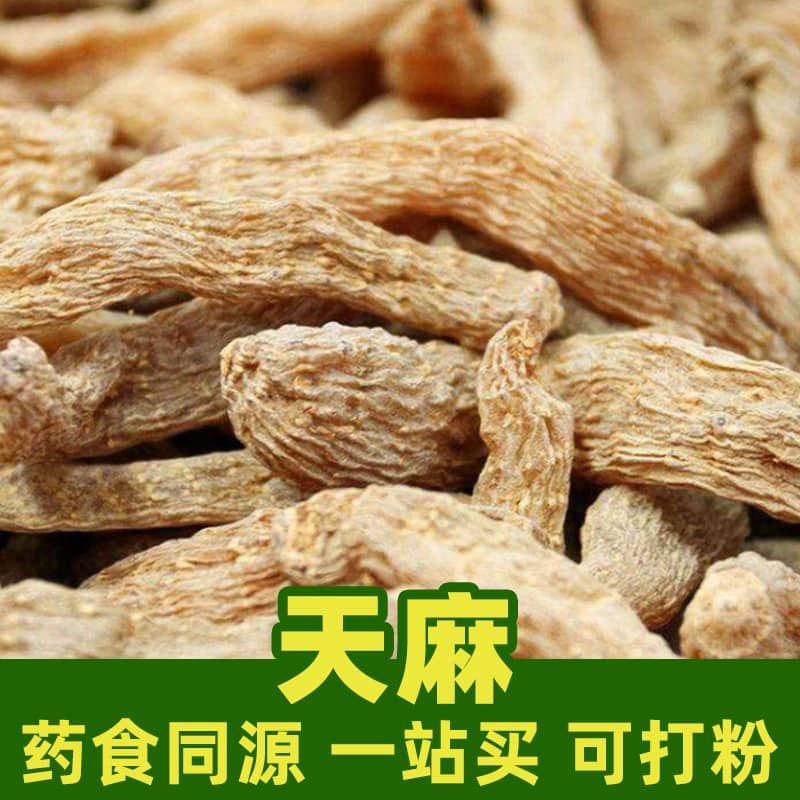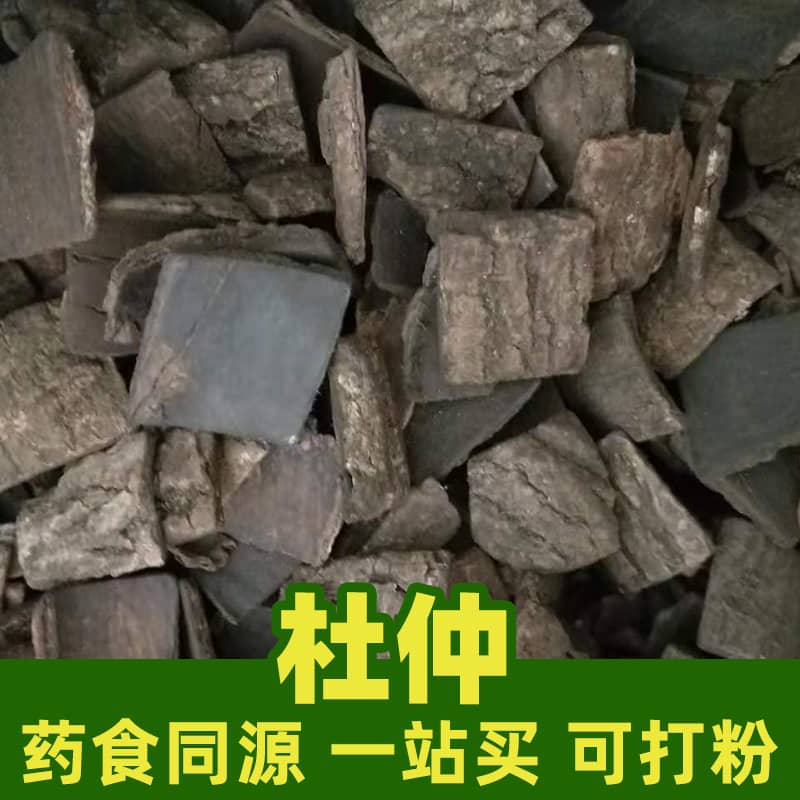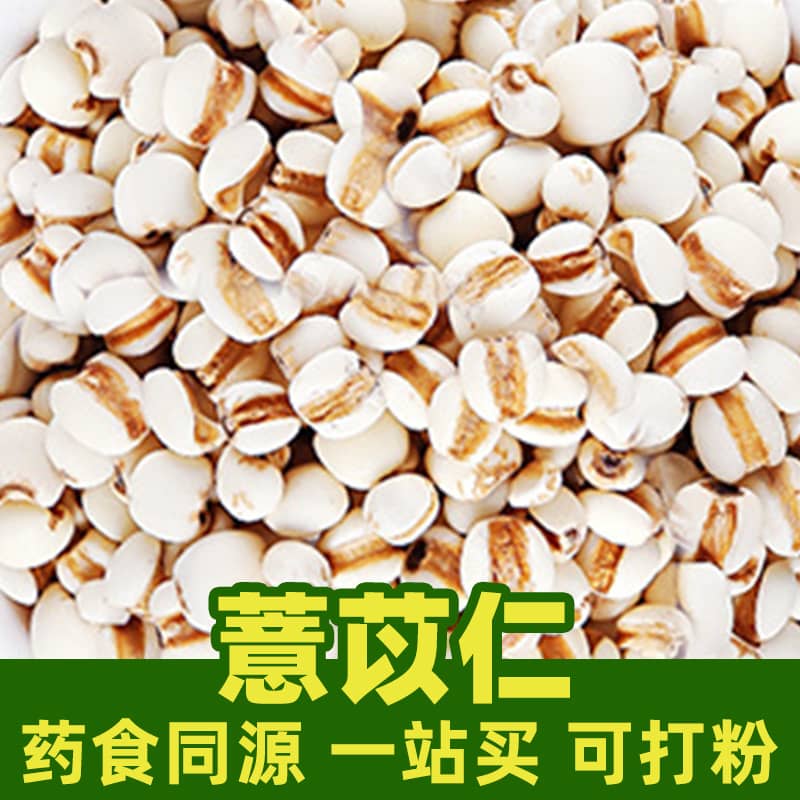Product Overview
Kombu is a sea vegetable highly valued in Asian cuisine. Its main components include algin, fucoidan, and various polysaccharides. Algin, the primary active component, helps increase intestinal mucosal cell adhesion, which supports digestive health. Additionally, kombu contains essential minerals such as calcium, potassium, and iodine, which benefit bone health, electrolyte balance, and thyroid function.
Kombu thrives in cold ocean waters, especially in Japan, China, and Korea. It grows in the deep sea, absorbing nutrients from seawater, and is harvested, cleaned, and dried for culinary and food processing use.
Kombu has extensive culinary applications in Asian cooking, commonly enhancing the umami flavor in soups, broths, and dishes like sushi. It can be used directly or processed into flavor enhancers like kombu powder and paste.
Key Active Components
The key active components in kombu include algin, fucoidan, and polysaccharides. Algin supports digestive health by enhancing the adhesion of intestinal mucosal cells. Fucoidan has antibacterial, antioxidant, and antiviral effects, while polysaccharides provide nutritional and health benefits.
Kombu is also rich in minerals such as calcium, potassium, and iodine—essential for bone and dental health, electrolyte balance, and thyroid function.
Product Usage Scenarios and Dosage
Kombu is used widely in Asian cuisine, particularly in soups and stocks to impart a rich umami flavor.
For use, add kombu to soups and stews or soak and slice it for salads. It can also be made into kombu powder or paste for seasoning purposes. Dosage can vary according to taste and recipe requirements; a small piece of kombu or a pinch of kombu powder is usually sufficient for flavor.
Kombu’s unique flavor and nutrient profile make it a valuable ingredient in a variety of culinary applications.
Botanical Origin, Distribution, and Growth Environment
Kombu grows mainly in cold sea environments such as the coastal waters of Japan, China, and Korea. It is a perennial brown algae that grows on rocks in the seabed, absorbing nutrients from the water. It thrives in coastal areas with high tidal changes, as it requires both adequate light and nutrient-rich water flow.
Harvesting, Processing, and Storage
Kombu is harvested at the end of its growing season, then cleaned and air-dried to remove impurities and retain quality.
After harvesting, kombu can be processed into various forms like fresh kombu, dried kombu, and products such as kombu powder or paste for convenience. Fresh kombu is suitable for immediate cooking, while dried kombu can be stored and transported long-term. To retain its quality and flavor, store dried kombu in an airtight container in a cool, dry place.
Kombu’s careful harvesting, processing, and storage methods are essential for maintaining its quality and culinary value.
Monica Sun is a seasoned expert in the natural raw materials industry, with over a decade of experience specializing in traditional Chinese medicinal herbs, spices, and fungi. She is skilled in the sourcing, processing, and application of these materials, emphasizing sustainability and innovation. Monica Sun has contributed to the development of high-quality natural raw materials that serve as essential components in functional foods, pharmaceuticals, and cosmetics, delivering tailored solutions to meet diverse market needs.









